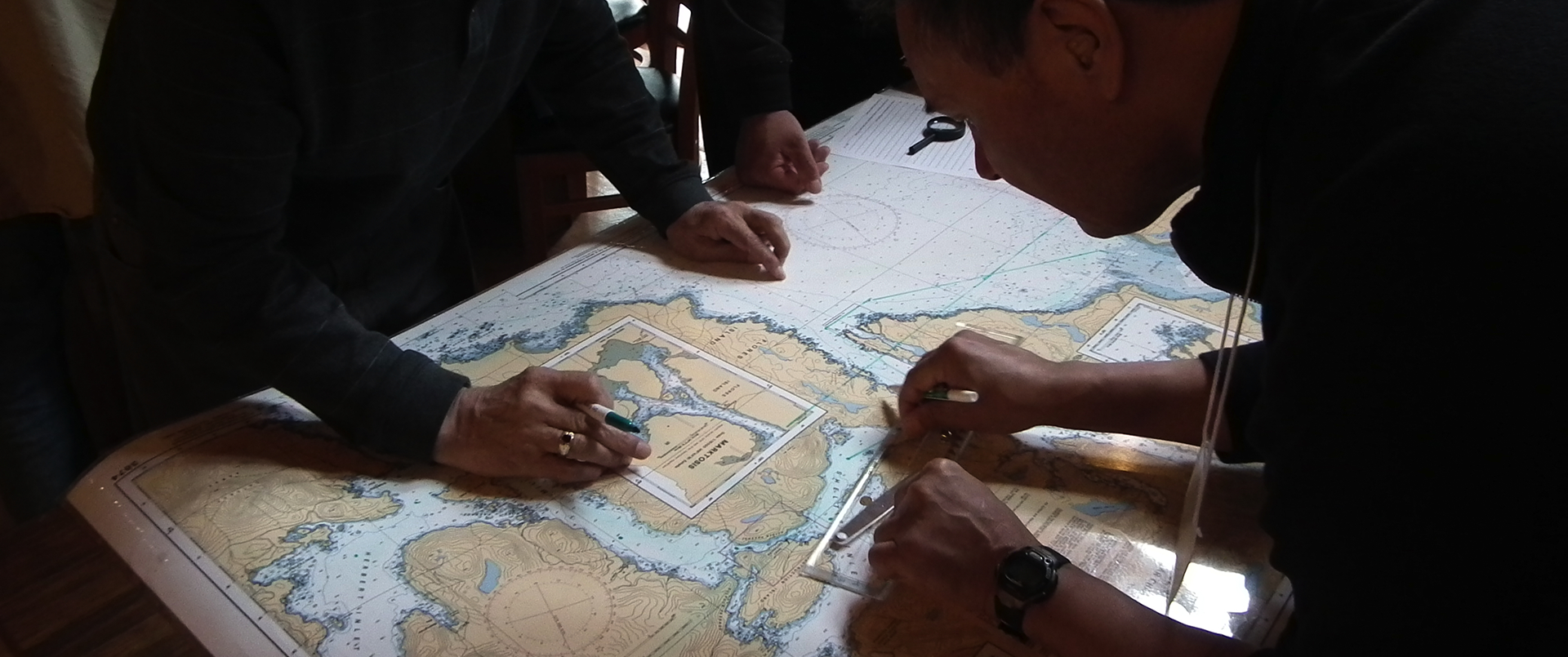MaPP Implementation
The MaPP plan will be put into action over five years with these five strategic outcomes as our objective:
Outcome 1: Collaboration and Governance – Strengthening the model of collaborative oceans governance.
Outcome 2: Marine Zoning – Achieving a healthy marine environment, robust economy, and strong communities through zoning for marine use.
Outcome 3: Stewardship, Monitoring and Enforcement – Enhancing stewardship of ecological and cultural values, and archaeological sites and areas through comprehensive monitoring and enforcement.
Outcome 4: Sustainable Economic Development and Healthy Communities – Fostering a new ecosystem-based marine economy for improved community and human well-being.
Outcome 5: Climate Change and Adaptive Management – Undertaking studies and plans to better address the effects of climate change in the MaPP region.


